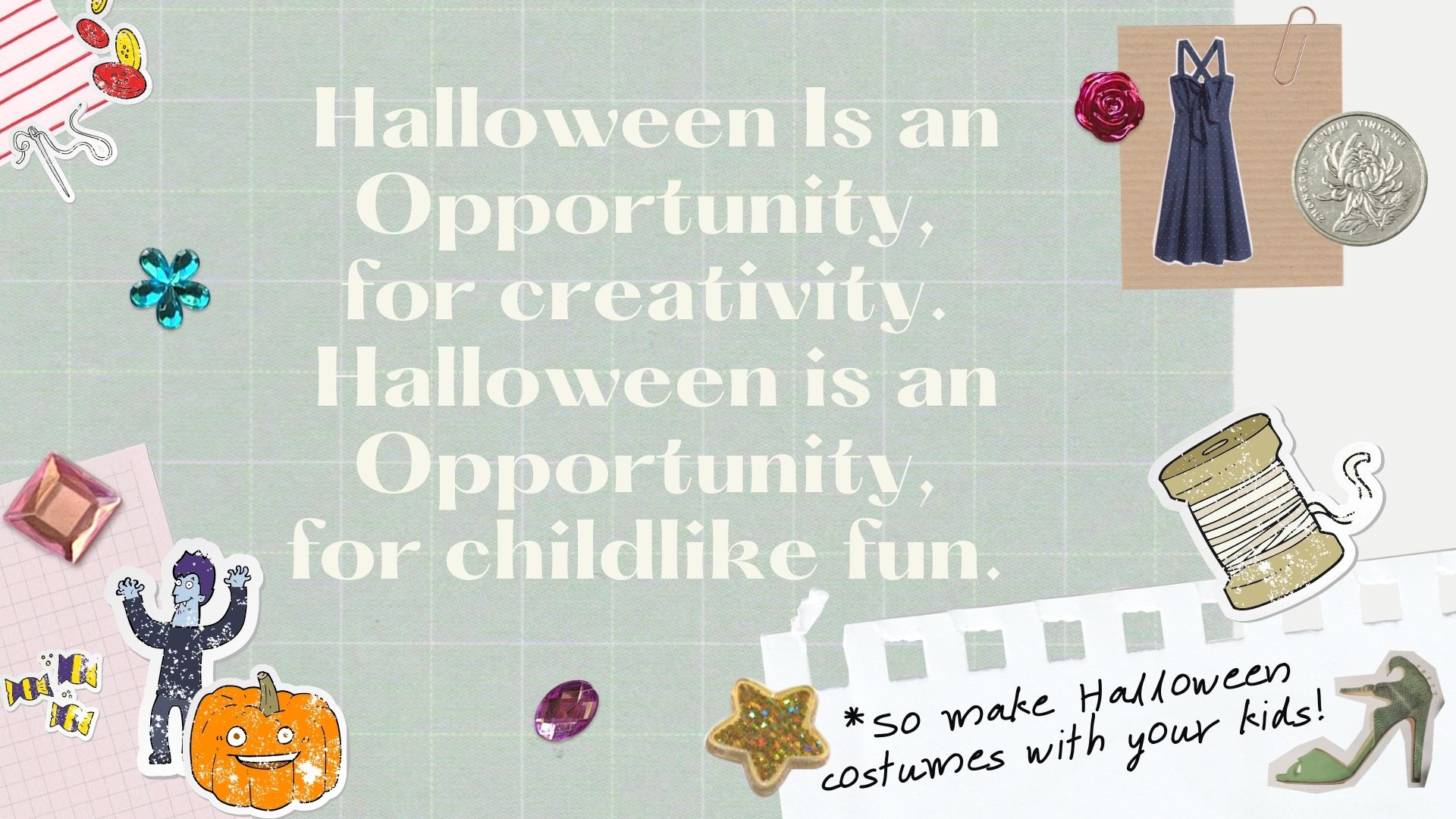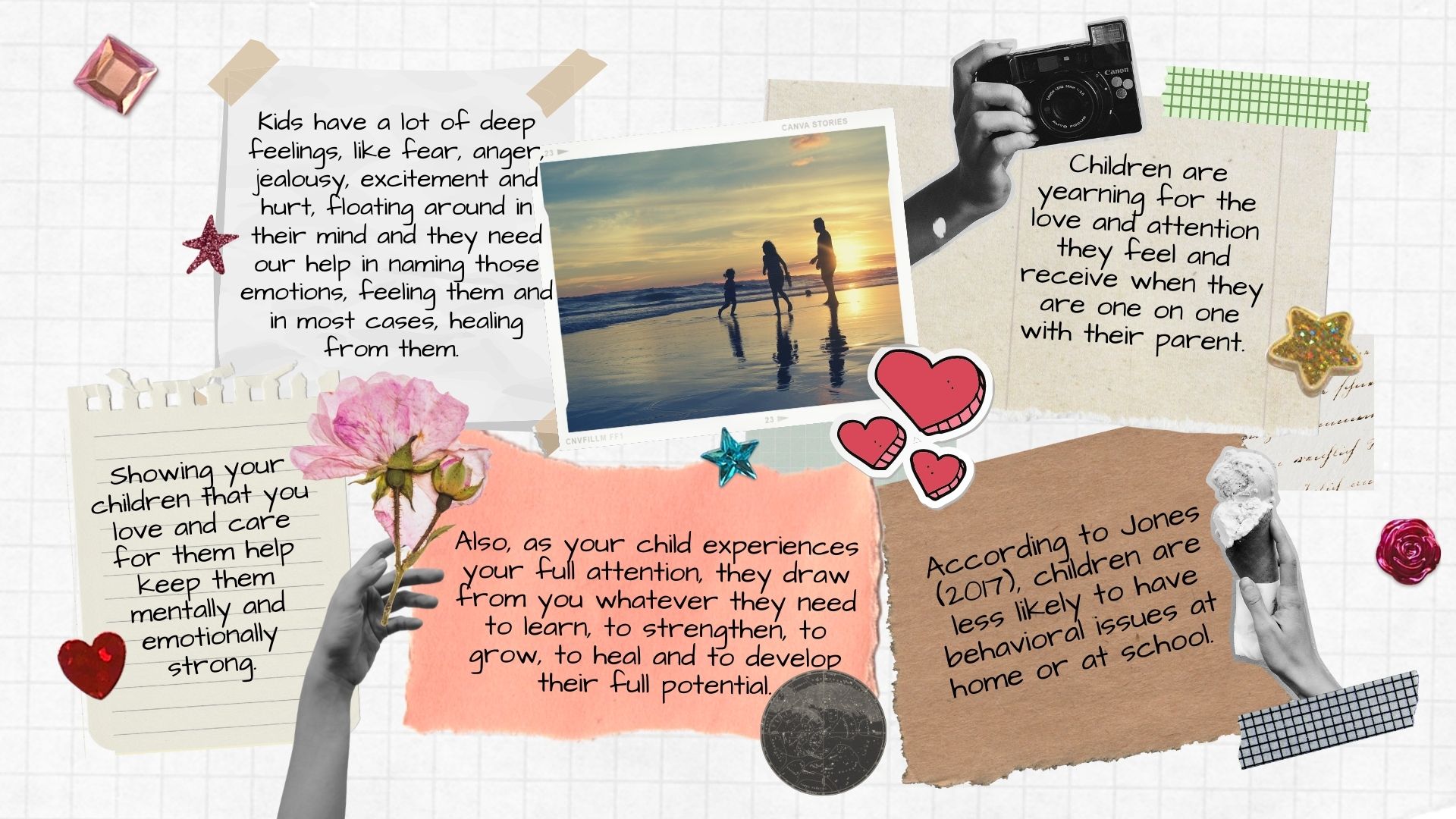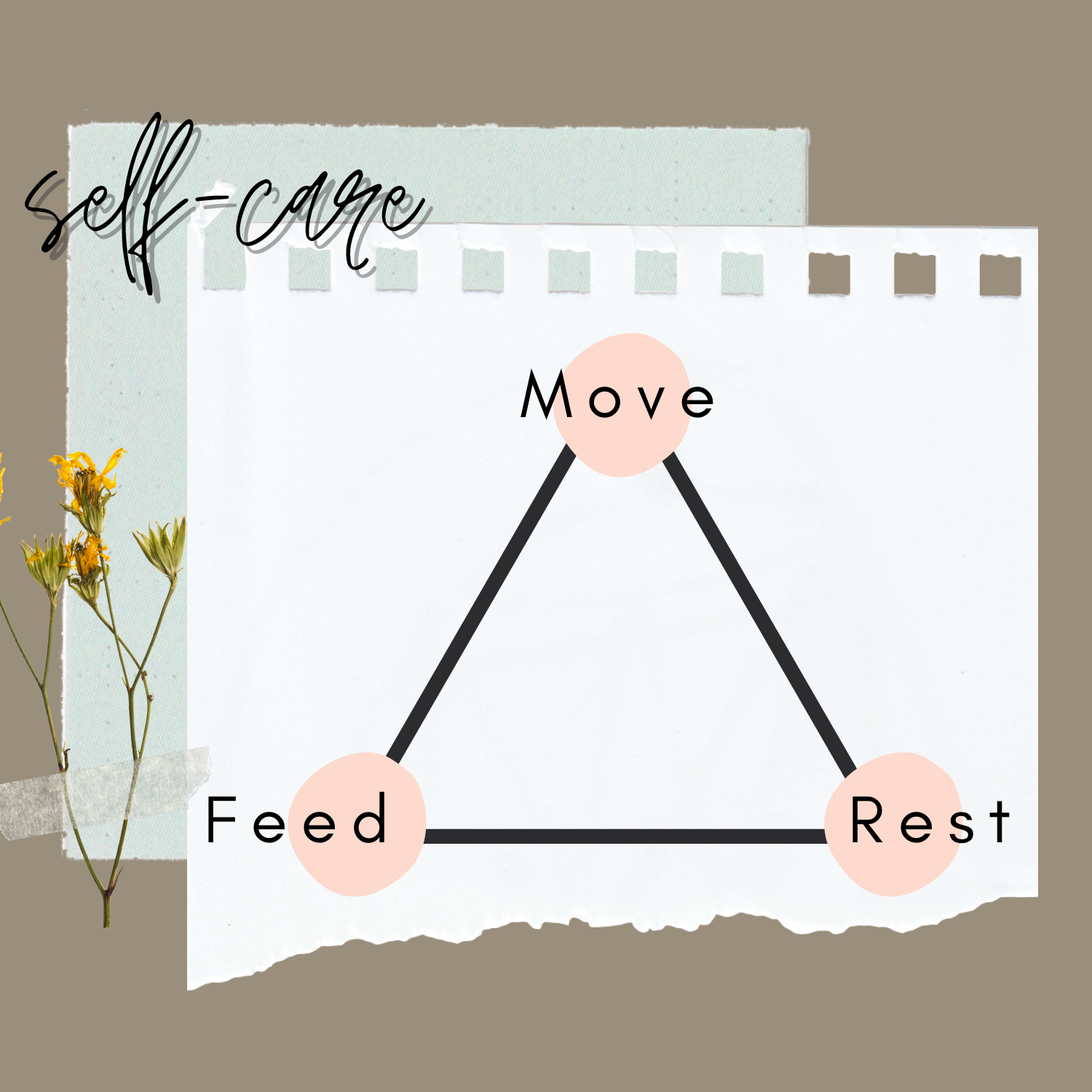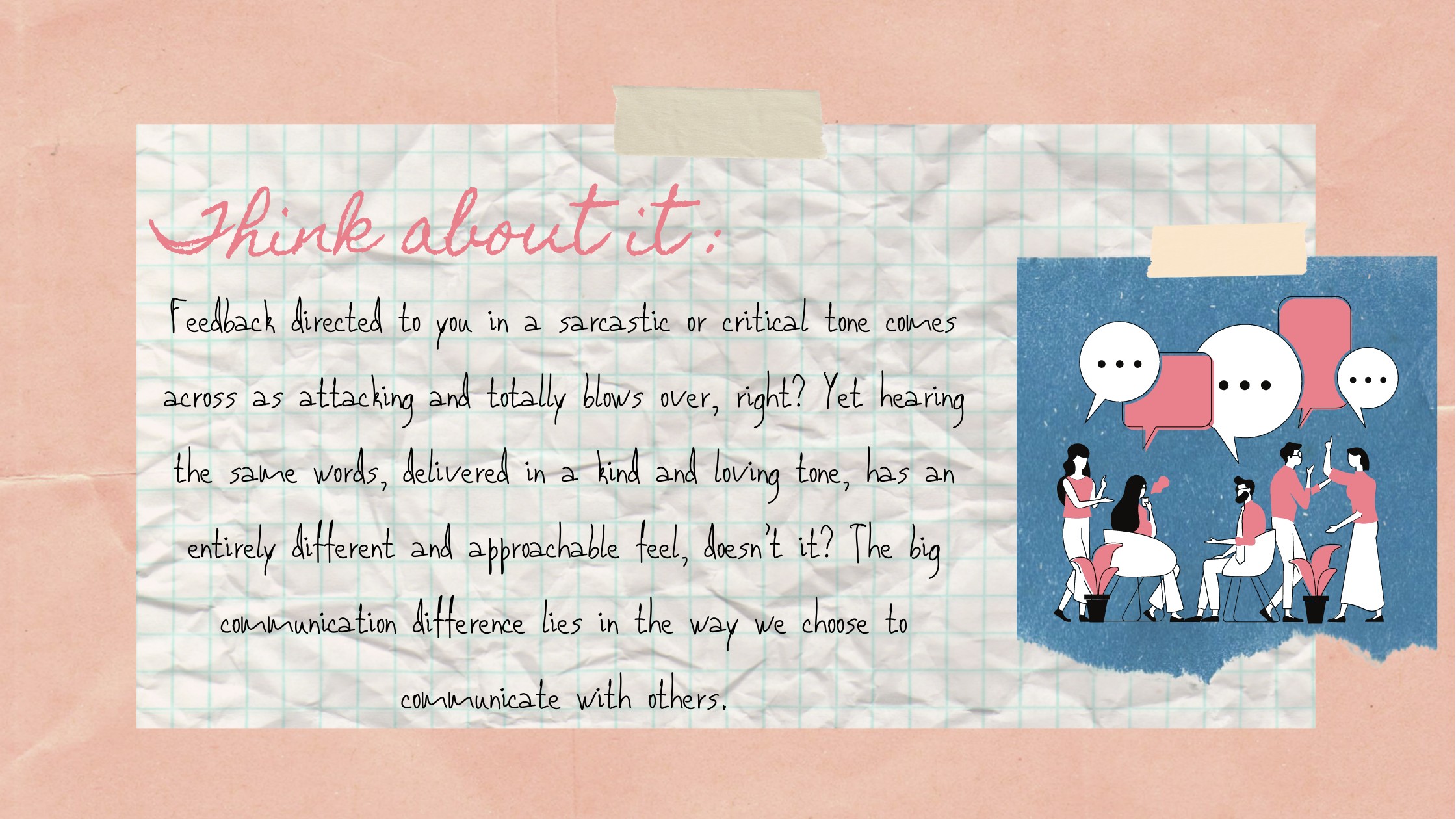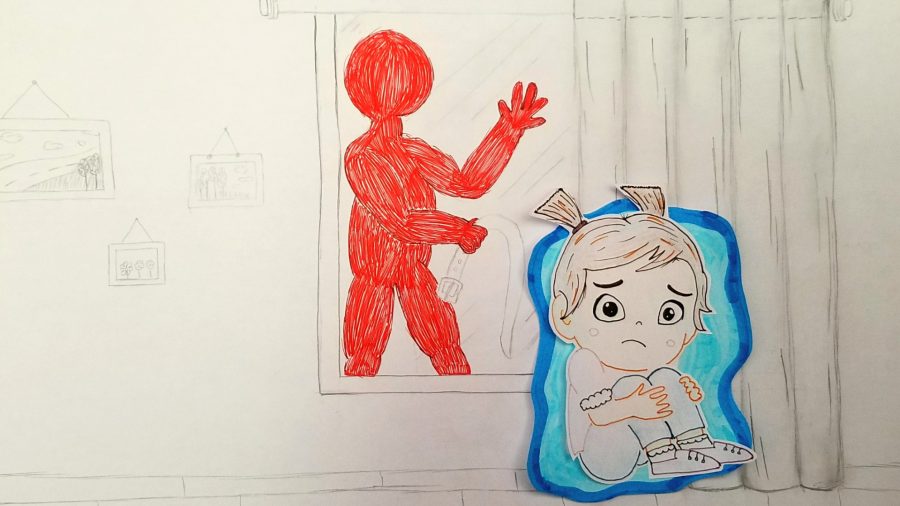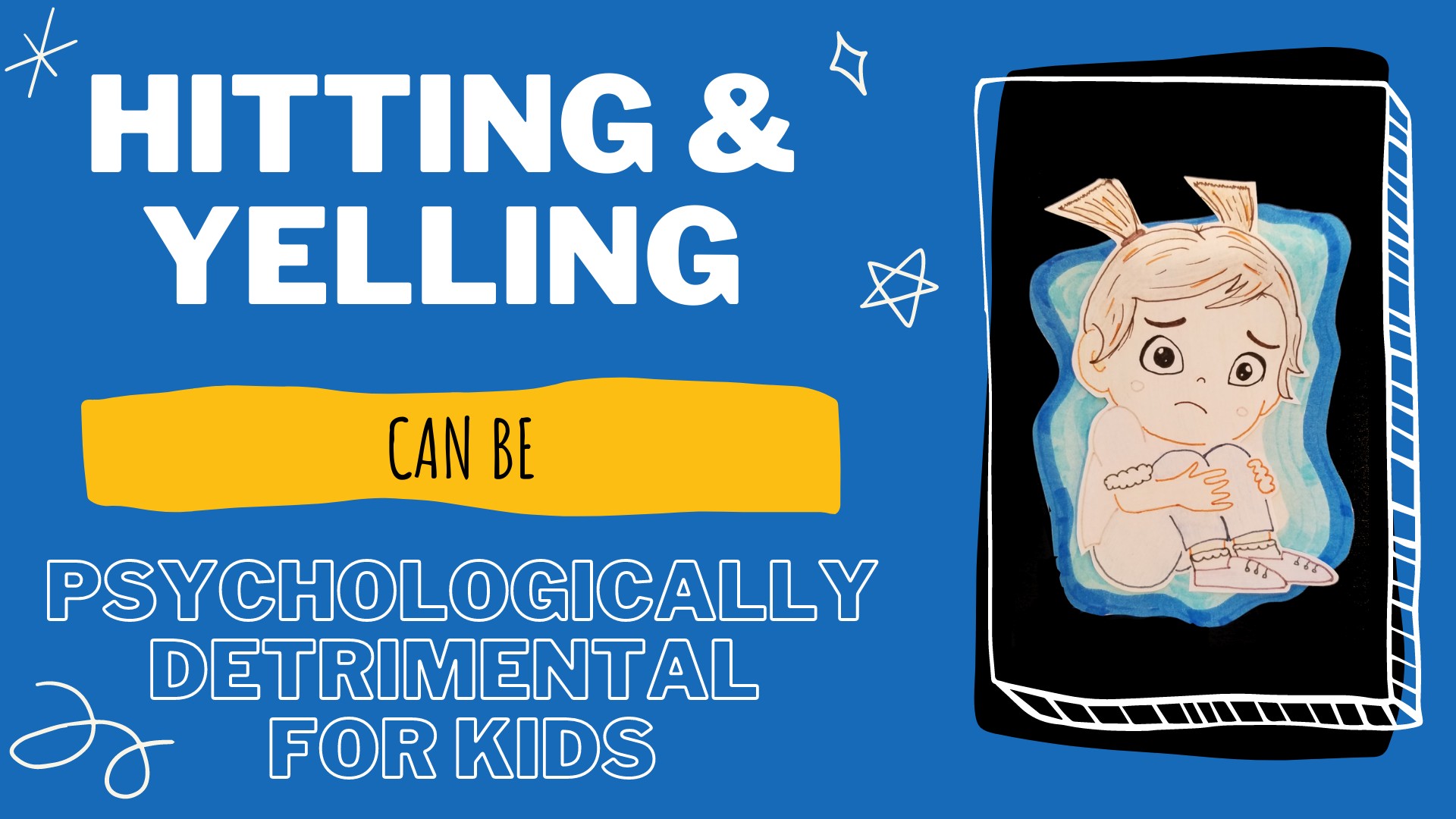Yesterday, while on my morning walk, I found myself smiling and feeling so full of joy as I looked out at the sun rising in one corner and my family walking and chatting down the path embroidered by beautiful trees. This brought me back to one of my favorite childhood memories, the Diwali season. Days off from school turning little candies into banner decorations, singing and cleaning with my sisters, climbing up on the ladder my dad held secure to hang up the lights, and choosing fun fabrics from the wardrobe to turn into a new outfit with my mom.
To sum up my not so short story, no matter the lack of money or a big house, separate bedrooms or lavish vacation, grand birthday parties or a room filled with toys… I had a wonderful childhood because I got immense love from my parents and undivided moments of attention from them that served as opportunities to truly connect, bond, and turn into memorable moments. To reiterate, as a child, my happiness came from the quality time I got to spend with my parents and siblings.
Showing your children that you love and care for them help keep them mentally and emotionally strong. Also, as your child experiences your full attention, they draw from you whatever they need to learn, to strengthen, to grow, to heal and to develop their full potential. According to Jones (2017), children are less likely to have behavioral issues at home or at school. Children who are spending more quality time with their families are less likely to participate in risky behaviors such as drug and alcohol usage. Why, because everyone needs something to look forward to, something fun, adventurous, and thrilling, and at that stage, kids crave these experiences from their parents. As adults, we wake up every day with a purpose and reason to move forward, which pushes us throughout our day. Well, kids need that too. On the other hand, kids long for stability. They like being in an environment where they know what to expect and feel that out of most things, their relationships, in particular, with their parents, is secure. So, when your kid asks you to play with them and you say, “I will later”, and then you don’t, they register that as betrayal, as though their trust has been broken.
Furthermore, you may not think much of it, but children have a lot of deep feelings, like fear, anger, jealousy, excitement, and hurt, floating around in their minds. But they need our help in naming those emotions, feeling them, and in most cases healing from them. A child, however, will only spill out these feelings and feel allow themselves to feel vulnerable when they feel truly valued, emotionally connected to, respected, and really heard.
Many times, I have encountered people and clients that are concerned about how their kids are always in their room and playing video games. Now there can be many reasons for this, but I just want to point out that if there is not anything else for the kids to do, no one else to engage with apart from the people online on their phones. Then what do we as parents really expect them to do? I have also seen parents wonder why their children always seem to be frustrated when they assign them child work to do. Well, that is because the child is yearning for the love and attention they feel and receive when they are one on one with their parent.
So, whether that means making Halloween costumes, finger painting, or making finger puppets with your kids. Take some time to spend quality time with your kids and make lifelong memories. Making these meaningful connections will have lasting impacts on them as they grow into kind and loving adults in the future.
